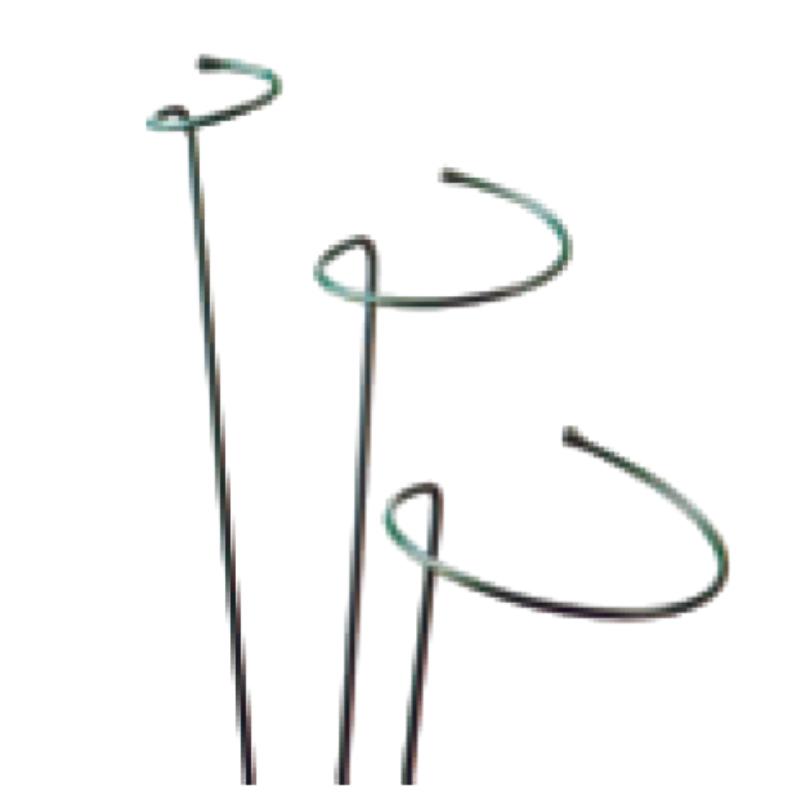-
E-posta:zhao@hyliec.cn
-
Tel:+86 311 85273988
-
Naber:8613931128750
-
 Afrikalı
Afrikalı -
 Arnavut
Arnavut -
 Amharca
Amharca -
 Arapça
Arapça -
 Ermeni
Ermeni -
 Azerice
Azerice -
 Bask
Bask -
 Belarusça
Belarusça -
 Bengalce
Bengalce -
 Boşnakça
Boşnakça -
 Bulgarca
Bulgarca -
 Katalanca
Katalanca -
 Cebuano
Cebuano -
 Korsikalı
Korsikalı -
 Hırvat
Hırvat -
 Çek
Çek -
 Danimarka
Danimarka -
 Flemenkçe
Flemenkçe -
 İngilizce
İngilizce -
 Esperanto
Esperanto -
 Estonyalı
Estonyalı -
 Fince
Fince -
 Fransızca
Fransızca -
 Frizce
Frizce -
 Galiçyaca
Galiçyaca -
 Gürcüce
Gürcüce -
 Almanca
Almanca -
 Yunan
Yunan -
 Gujarati dili
Gujarati dili -
 Haiti Kreyolu
Haiti Kreyolu -
 Hausa
Hausa -
 Hawaii dili
Hawaii dili -
 İbranice
İbranice -
 Hayır
Hayır -
 Miao
Miao -
 Macarca
Macarca -
 İzlandaca
İzlandaca -
 İbo
İbo -
 Endonezya dili
Endonezya dili -
 İrlandalı
İrlandalı -
 İtalyan
İtalyan -
 Japonca
Japonca -
 Cava
Cava -
 Kannadaca
Kannadaca -
 Kazak
Kazak -
 Kmer
Kmer -
 Ruanda
Ruanda -
 Koreli
Koreli -
 Kürt
Kürt -
 Kırgız
Kırgız -
 TB
TB -
 Latince
Latince -
 Letonca
Letonca -
 Litvanyalı
Litvanyalı -
 Lüksemburgca
Lüksemburgca -
 Makedonca
Makedonca -
 Malgaşi
Malgaşi -
 Malayca
Malayca -
 Malayalam
Malayalam -
 Malta
Malta -
 Maori
Maori -
 Marathi
Marathi -
 Moğolca
Moğolca -
 Myanmar
Myanmar -
 Nepalce
Nepalce -
 Norveççe
Norveççe -
 Norveççe
Norveççe -
 Oksitanca
Oksitanca -
 Peştuca
Peştuca -
 Farsça
Farsça -
 Lehçe
Lehçe -
 Portekizce
Portekizce -
 Pencap
Pencap -
 Romen
Romen -
 Rusça
Rusça -
 Samoalı
Samoalı -
 İskoç Galcesi
İskoç Galcesi -
 Sırpça
Sırpça -
 İngilizce
İngilizce -
 Shona
Shona -
 Sindhi
Sindhi -
 Sinhala
Sinhala -
 Slovak
Slovak -
 Slovence
Slovence -
 Somalili
Somalili -
 İspanyol
İspanyol -
 Sundan dili
Sundan dili -
 Svahili
Svahili -
 İsveççe
İsveççe -
 Tagalogca
Tagalogca -
 Tacikçe
Tacikçe -
 Tamilce
Tamilce -
 Tatar
Tatar -
 Telugu
Telugu -
 Tay dili
Tay dili -
 Türkçe
Türkçe -
 Türkmence
Türkmence -
 Ukrayna
Ukrayna -
 Urduca
Urduca -
 Uygur
Uygur -
 Özbekçe
Özbekçe -
 Vietnam
Vietnam -
 Galce
Galce -
 Yardım
Yardım -
 Yidiş
Yidiş -
 Yoruba
Yoruba -
 Zuluca
Zuluca
Metal Plant Supports
What Is The Support Structure Of A Plant?
The support structure of a plant refers to the system of tissues and organs that provide stability and enable the plant to maintain an upright position. This support structure includes several key components:
1. Cell walls: The rigid cell walls of plant cells provide structural support, especially in non-woody plants. The cell walls help maintain the shape and rigidity of the plant's cells, contributing to its overall structure.
2. Stems: Stems play a crucial role in supporting the plant and providing a framework for the attachment of leaves, flowers, and reproductive structures. The stems also facilitate the transport of water, nutrients, and sugars throughout the plant.
3. Roots: The root system anchors the plant in the soil, providing stability and support. Additionally, roots absorb water and nutrients from the soil, contributing to the overall health and growth of the plant.
4. Vascular tissues: Xylem and phloem are specialized tissues that form the plant's vascular system. Xylem transports water and minerals from the roots to the rest of the plant, while phloem transports sugars and other organic compounds to various parts of the plant.
5. Specialized structures: Some plants have specialized support structures, such as tendrils, thorns, or aerial roots, which aid in climbing, attachment, or additional support.
The combination of these structural elements allows plants to maintain their shape, withstand environmental forces, and support essential physiological processes.
Iron Plant Supports Faq
What are the benefits of using iron plant supports?
Iron plant supports offer durability and strength, making them suitable for providing robust support for heavy or sprawling plants. They can withstand the weight of mature plants and help maintain their shape and structure.
What types of plants are best supported by iron plant supports?
Iron plant supports are well-suited for providing support to a wide range of plants, including peonies, roses, delphiniums, and other tall or heavy-flowering perennials. They can also be used for supporting climbing plants such as clematis or sweet peas.
How should iron plant supports be installed?
Iron plant supports should be installed firmly in the ground to ensure stability. When supporting individual plants, place the support structure around the plant early in the growing season, allowing the plant to grow into and around the support naturally.
Are there different styles and designs of iron plant supports available?
Yes, iron plant supports come in various styles and designs, including hoop supports, grid supports, and individual stakes. These different designs cater to the specific needs of different types of plants and can provide effective support while enhancing the visual appeal of the garden.
How can iron plant supports be maintained?
To maintain iron plant supports, periodically inspect them for signs of rust or corrosion, especially if they are exposed to the elements. If rust is present, it can be removed using a wire brush, and the supports can be treated with a rust-resistant coating or paint to prolong their lifespan.






